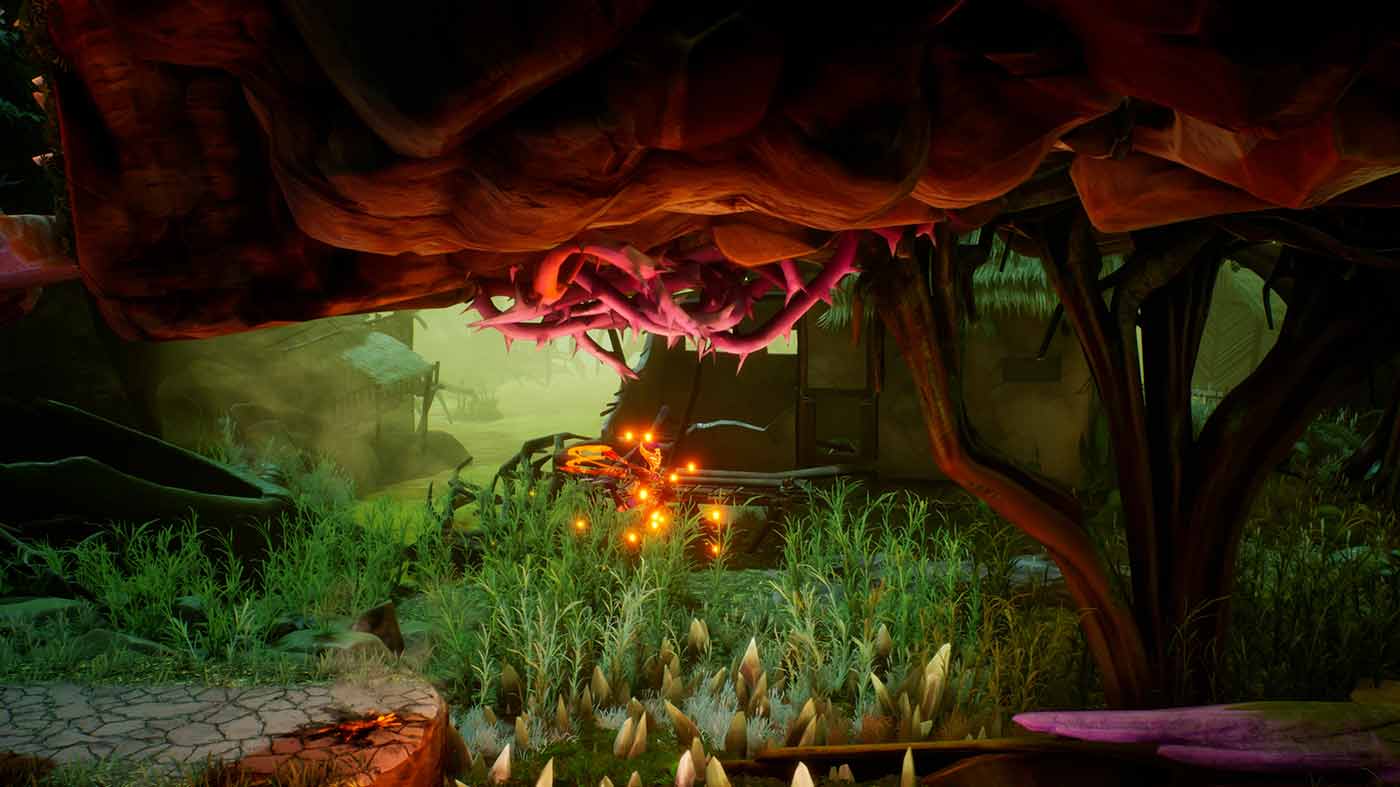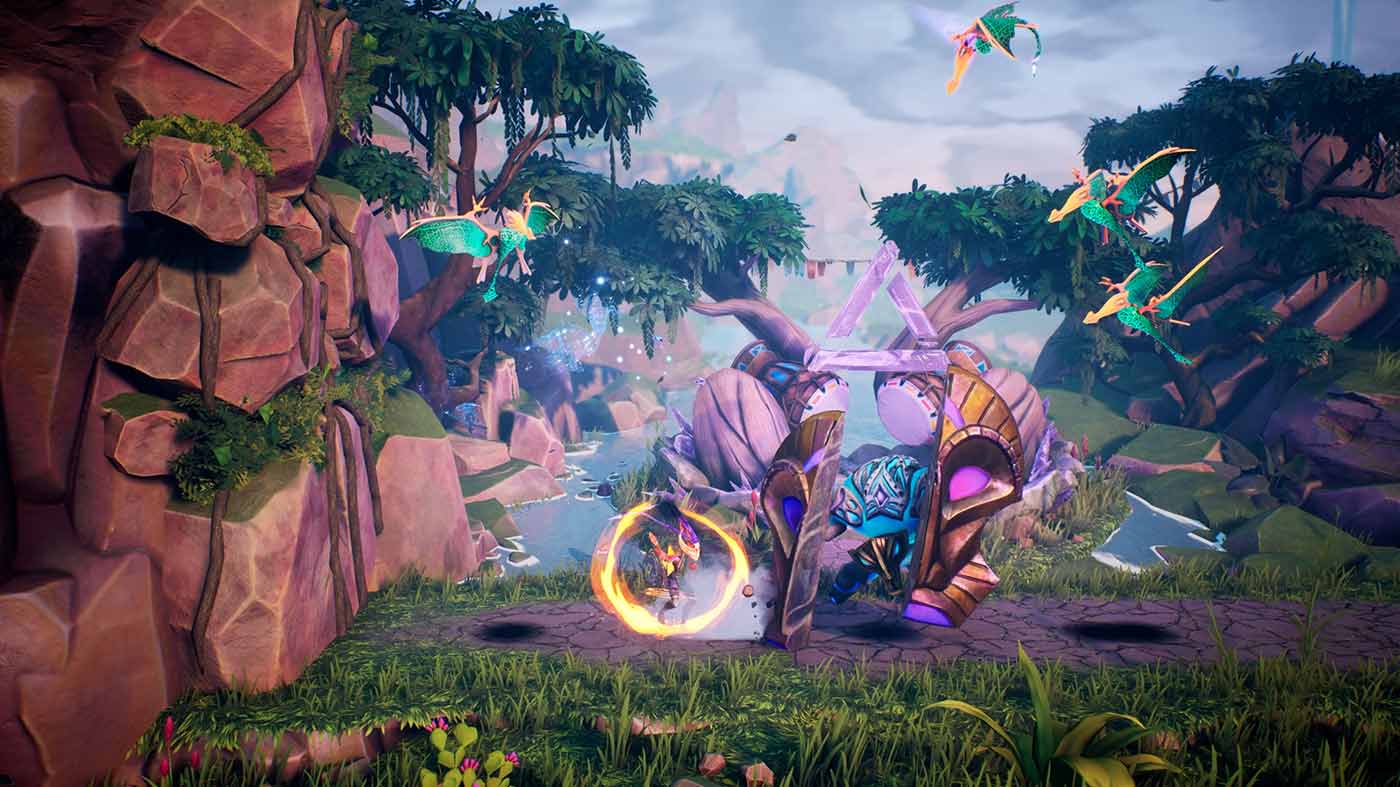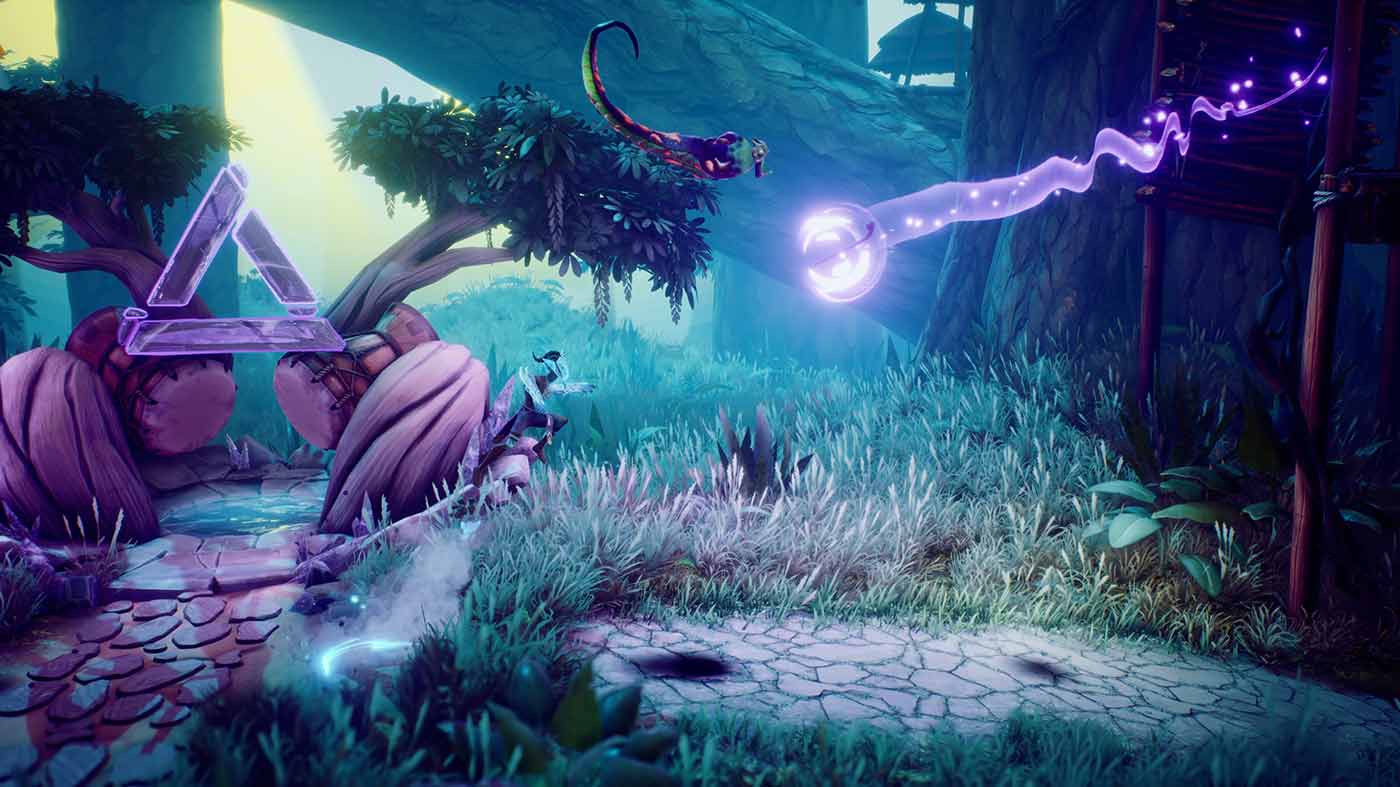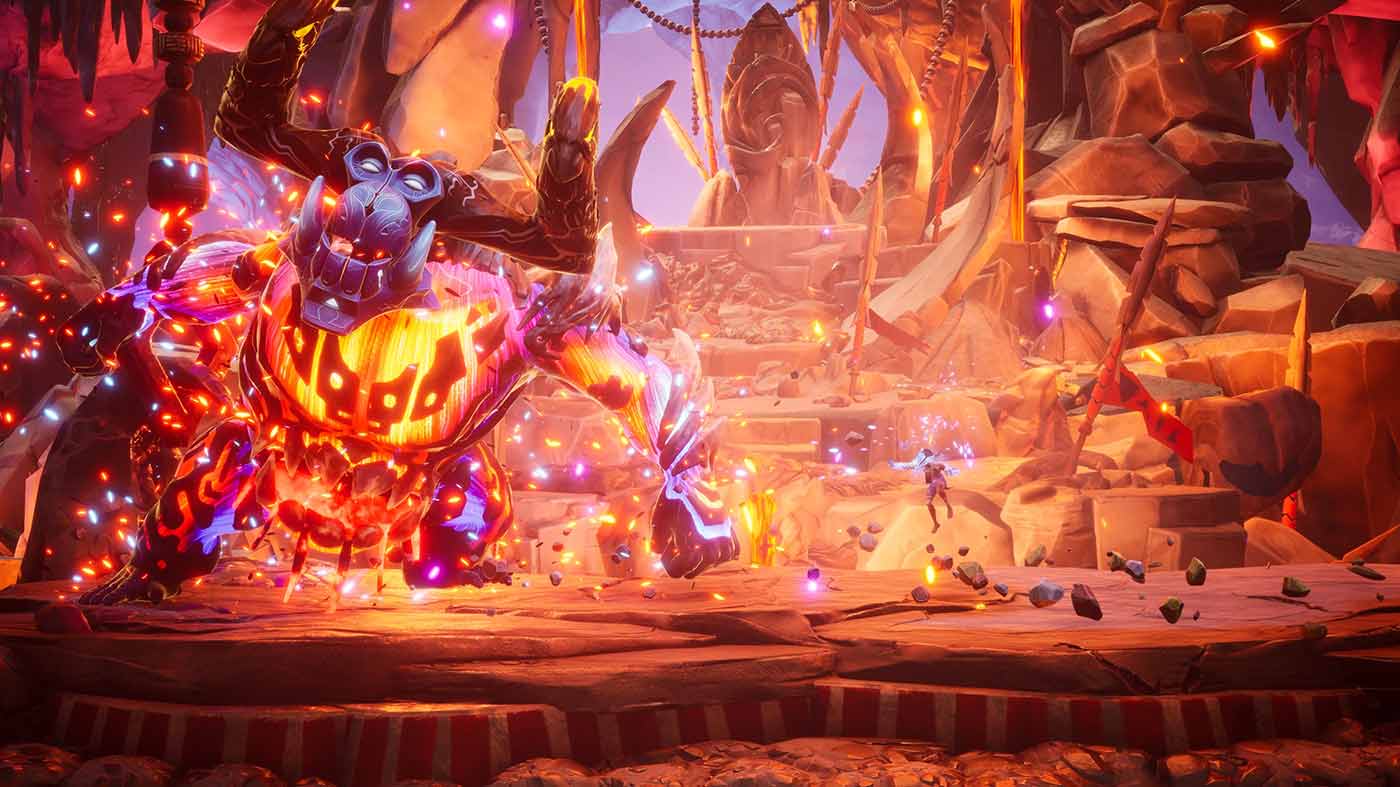Tales of Kenzera: ZAU feels exciting for a number of reasons. For one, it’s the debut video game effort from Surgent Studios, a media company founded by actor Abubakar Salim (Raised by Wolves, Assassin’s Creed Origins) and that emphasises original, multi-medium storytelling and an environment that supports artists and their art. It’s also a project largely inspired by Salim’s own experiences with grief, enriched by a cultural lens that’s still young in the major video game landscape. And as if to play entirely to my own tastes, it’s a colourful, approachable “metroidvania” that’s succinct enough to see its emotionally-charged parable through in a single weekend.
Tales of Kenzera: ZAU doesn’t begin in the titular world of Kenzera, or even with Zau himself, instead framing its story through another character, Zuberi, living in the futuristic city of Amani circa 2089. Zuberi, still in a state of grief, is given a book penned by his recently-passed Baba, in it a story set in a very different and wondrous world and featuring a remarkably familiar protagonist. It’s here, in the world contained in his Baba’s final gift, that Zuberi discovers the story of Zau – a warrior shaman fighting his own battles with loss.

Zau’s own dealings with grief have led him to call on Kalunga, the God of Death, from whom he believes he can earn a favour powerful enough to bring his Baba back from the other side. In return, Zau needs to help three great and restless spirits cross the veil into Kalunga’s care, and thus begins his journey across Kenzera.
It’s a great little tale that, over the course of the game’s slender runtime of under 10 hours, offers up some simple and accessible emotional beats backed up by great character writing and well-acted dialogue. It’s nothing groundbreaking or complex, but the beautifully-realised world, clear personal stakes and unique perspectives on a phenomenon as universally human as death really help it come together into something special. It all ends on a pitch-perfect note as well, one that closes the book not just on Zau’s story as a proxy of Zuberi, but on Zuberi’s seemingly as a proxy of Salim. While I can’t speak to the true intent, the sense that this world, steeped in spirituality and folklore, is its creator’s own attempt to help a staunchly-material parent cross that proverbial veil feels palpable.

Having this fable-like backdrop also really helps to elevate Tales of Kenzera’s themes, with its fantastical environments, creatures and characters all intentionally crafted to evoke the mood of each part of the story. As Zau moves through his grief, so does he move through physical challenges and changing landscapes that mirror it. With each new tool or power gained, Zau not only surmounts the obstacles in front of him but also within him.
Crucially, as a video game, it all lends itself incredibly to the fun of play. Zau feels great to control and some of the more unique and inventive abilities that he gains along the way lend themselves to some very satisfying platforming sequences. Stringing together hookshots, glides, even the power to assemble or disassemble platforms and walls on the fly, is consistently exciting, even if some overzealous collision detection and a penchant for instant-kill environmental hazards can interrupt the flow quite profoundly.
It’s also unfortunate that, while it’s stunning to behold and feels great to get around, especially once Zau has access to his full suite of abilities, the layout of this world doesn’t quite favour comparison to its genre peers. It’s built on the same principles as the best metroidvanias – with secrets and optional paths to uncover as you gain new means of traversal – but there’s not a lot of crossover between sections of the map which means you spend a good amount of time just running through already-completed areas to find the nearest fast travel point. The map menu itself is also less-than-helpful, as it automatically uncovers an entire area the moment you step into it, making it hard to tell where you have and haven’t already explored.

Similarly to traversal, Tales of Kenzera: ZAU’s combat excels in tight controls and an intoxicating sense of rhythm – here fuelled by the duality of Zau’s inherited Mask of the Moon and Mask of the Sun. The moon represents a more measured approach, good for crowd control and keeping out of harm’s way, while the Sun is all about getting in close and causing maximum destruction. Zau wears one at a time, with the flipside of his palette just a button press away at any moment.
The interplay of the two masks in combat is frequently described in the game as a “dance,” and that’s exactly how it feels. Firing off long-range attacks with the Moon mask before freezing an enemy, quickly switching to the Sun mask and dropping a well-placed aerial assault on them is frequently compelling. As you progress through the game and start facing off against bigger numbers of ground and aerial foes that possess mask-specific shields, you truly start to fall into a “flow state” and move with a grace more than worthy of being compared to dance. It’s all very compelling stuff, and comes along with some pretty exciting and visually arresting boss battles, although towards the back half of the game a general lack of enemy variety and some cheap-feeling fights start to turn it into a chore.

Always a joy though, is the game’s enchanting world and the way it’s presented. ZAU is a gorgeous effort from end-to-end that, like so many of its other parts, is elevated by an attention to theme and an embracing of culture and myth. Despite being a game largely centred on death, it’s hugely colourful – something Salim and the team have previously pointed out is not all that surprising outside of Western tastes. Kenzera, its flora, fauna and inhabitants are all teeming with life and detail, and everything looks vast and rich even with all of the adventuring happening in two dimensions.
It’s all backed up by a wonderful score from composer Nainita Desai, as well, with each moment perfectly punctuated by a diverse soundtrack that pulls from many cultural influences to create something wholly original and emotionally-rich.




